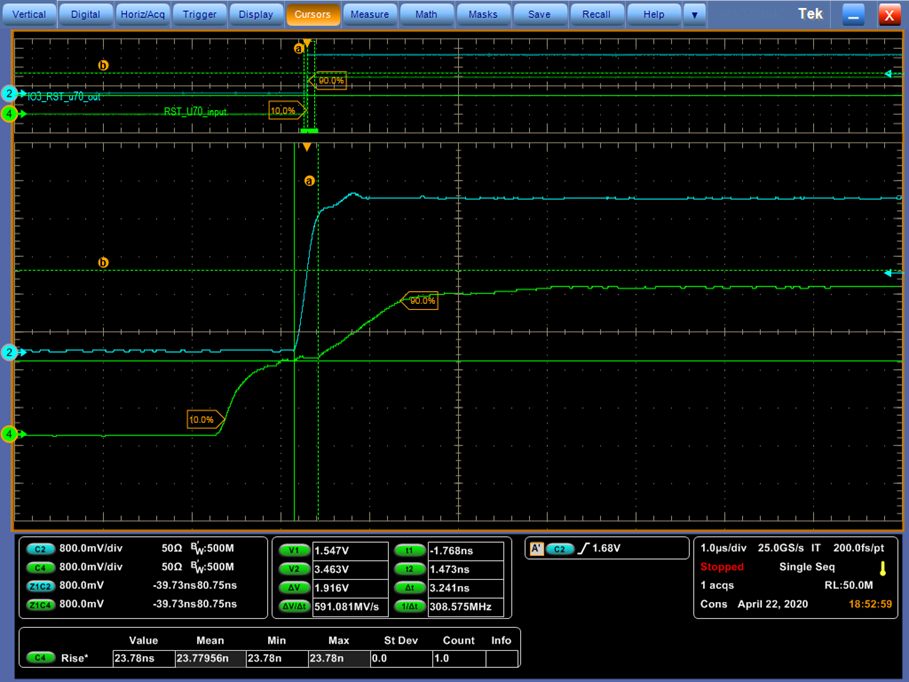Other Parts Discussed in Thread: SN74HCS125
Hi team,
For the slew rate requirement, how to judge the slew rate? 10%-90% or ViL~VIH or others? Currently my customer's waveform is below. The waveform has a flat period, how to judge the risks?(green one)




